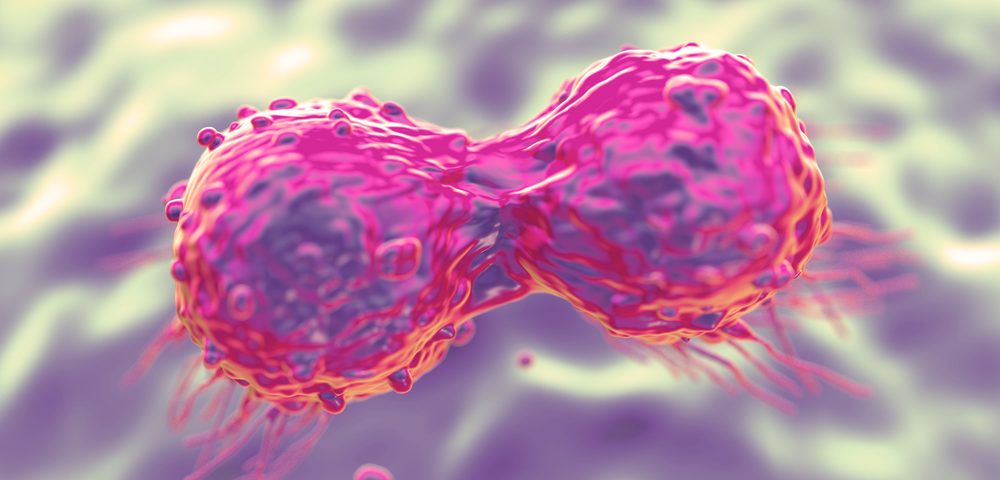An experimental cancer drug called pevonedistat appears to be quite promising against melanoma and possibly other forms of cancer, according to a recent study from the University of Virginia (UVA) School of Medicine.
In the study, “Inactivation of the CRL4-CDT2-SET8/p21 ubiquitylation and degradation axis underlies the therapeutic efficacy of pevonedistat in melanoma,” published in EBioMedicine, researchers found that pevonedistat works in a way distinct from what was previously thought, targeting a protein called CDT2 that is highly expressed not only in melanomas, but also in cancers of the brain, liver, and breast.
Pevonedistat is currently under clinical trials for hematologic (NCT00722488, NCT00911066) and solid tumors, including melanoma (NCT01011530), but researchers did not fully understood how pevonedistat affected melanoma cells.
It was previously thought that pevonedistat inhibited major signaling pathways in tumor cells, but the researchers found that this drug works by inhibiting the activation of CDT2, a protein that tumor cells rely on to replicate rapidly without deleterious effects. By inhibiting the activity of this protein, the scientists believe that they may stop not only melanomas, but other forms of the disease as well.
“We think that this is what lets the cancer cells cope with the amount of replication they must undergo,” Tarek Abbas, PhD, of the Department of Radiation Oncology and the UVA Cancer Center, and the study’s lead author, said in a press release. “They divide in uncontrolled fashion, and those cells that divide faster and more frequently are under tremendous replication stress, so these cancer cells needed to be able to develop a way to cope with that.”
To control cellular activity and tissue stability, cells rely on a highly coordinated process that ensures the selective and timely turnover of proteins. CDT2 is part of a complex that controls cell proliferation, as well as DNA replication and repair, making sure that the right proteins are being degraded at the right times in all these processes. One of CDT2’s functions is to prevent the DNA from replicating multiple times in one cell cycle, a process that is damaging to cells and induces cell death.
Researchers believe this is how pevonidostat exerts its deadly effect on melanoma cells. By inhibiting the activation of CDT2, the cells start making deadly mistakes in cell division, and eventually fall apart.
“We have great understanding now for how the drug works,” Abbas said. “And we think the drug works not because of its intended target, but rather because it works on [the CDT2 protein] way downstream of that.”
Such findings are important because CDT2 expression is a predictor of poor survival in cutaneous melanoma patients. By targeting CDT2, pevonedistat may be a promising therapeutic approach for high-risk patients.
“These tumors, and not necessarily just melanoma, they are addicted to this gene,” Abbas said. “And that makes them very susceptible to the drug. In fact, we showed, that melanoma cells that have higher levels of expression of CDT2 are much more susceptible to the drug.”
Importantly, the investigators found that pevonedistat also appears to be very effective in melanoma patients who are resistant to other therapies, and for whom effective treatments are lacking.
“We actually show this drug can work on melanoma that resisted treatment, which is a major challenge in melanoma therapy. … If approved by the FDA and it moves forward, this drug could potentially be a good second-line therapy for those patients that fail initial treatment.”


